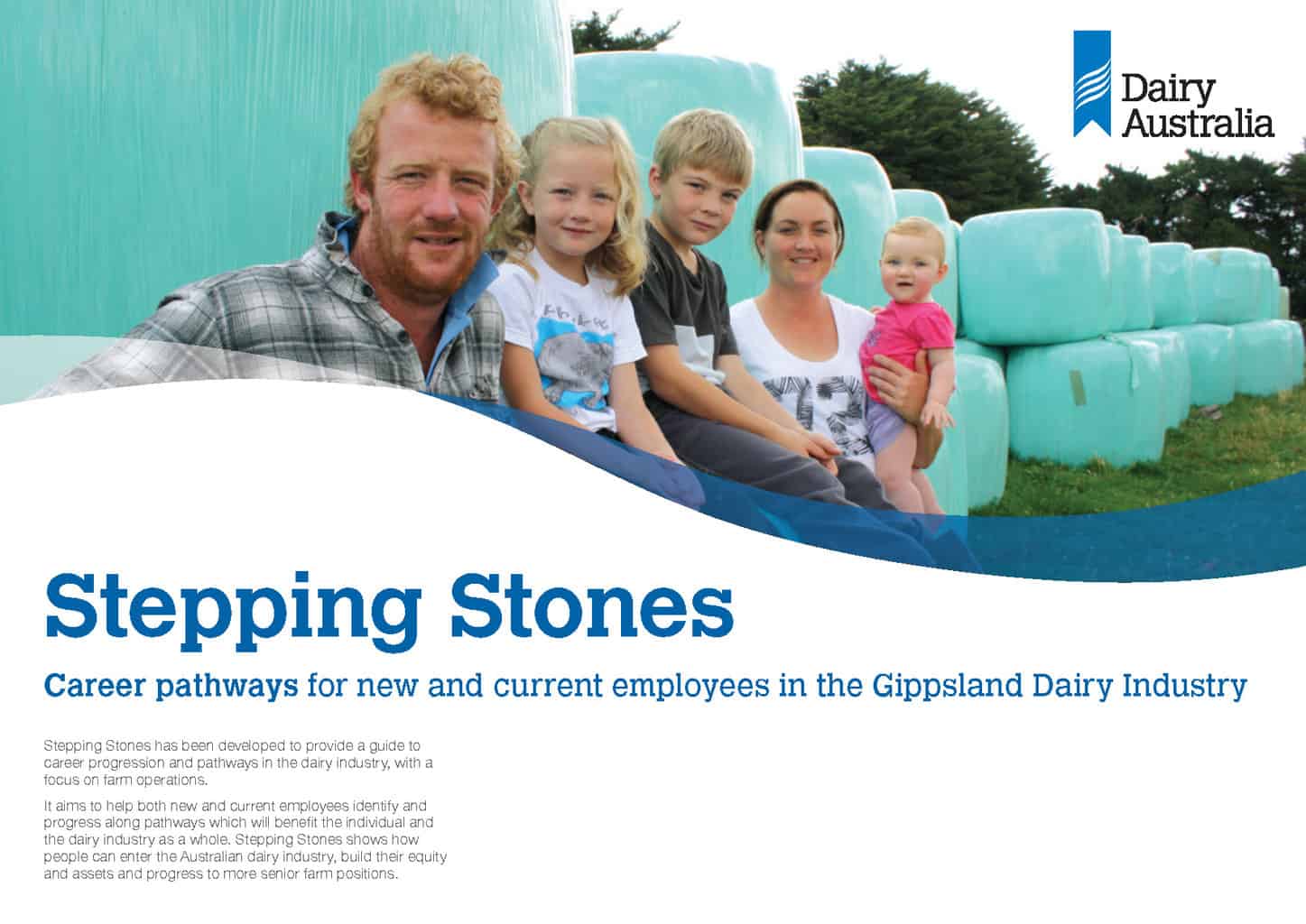Victoria’s Premier Daniel Andrews is involved in a, currently minor, political drama after he decided to stand down his Small Business Minister, Adem Somyurek, after allegations of workplace bullying. The drama is in its early days but some of the decisions and media comments are worthy of analysis, particularly as Premier Andrews seems to be avoiding using the term, workplace bullying.
The facts seem to be that the Minister’s Chief of Staff, Dimity Paul, complained to the Premier about Somyurek’s “intimidating, aggressive and threatening” behaviour. The Premier stood the Minister down after a formal complaint was made to the Department of Premier and Cabinet which has generated an investigation.
This allegation has a lot of political connections as described in an article in The Age newspaper written by Farrah Tomazin, but there is little doubt that the allegation comes under the definition of workplace bullying as there have been mentions of a “pattern of behaviour” by the Minister. Tomazin wrote
“The alleged misconduct …. is said to have taken place over the past few months, and relates to a number of employees in his ministerial office…”


 However according to Stepping Stones only some dairy roles have an overt occupational health and safety obligation.
However according to Stepping Stones only some dairy roles have an overt occupational health and safety obligation.  The
The